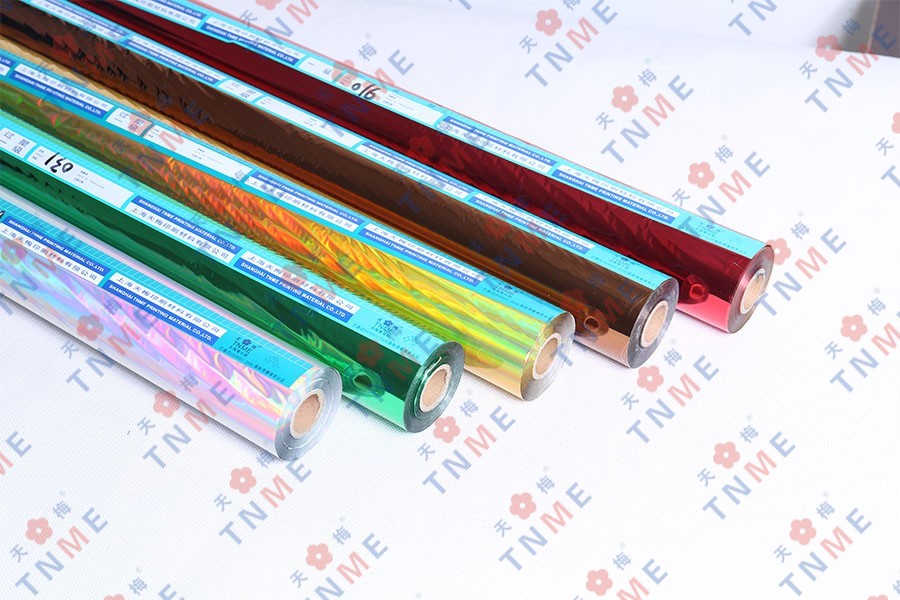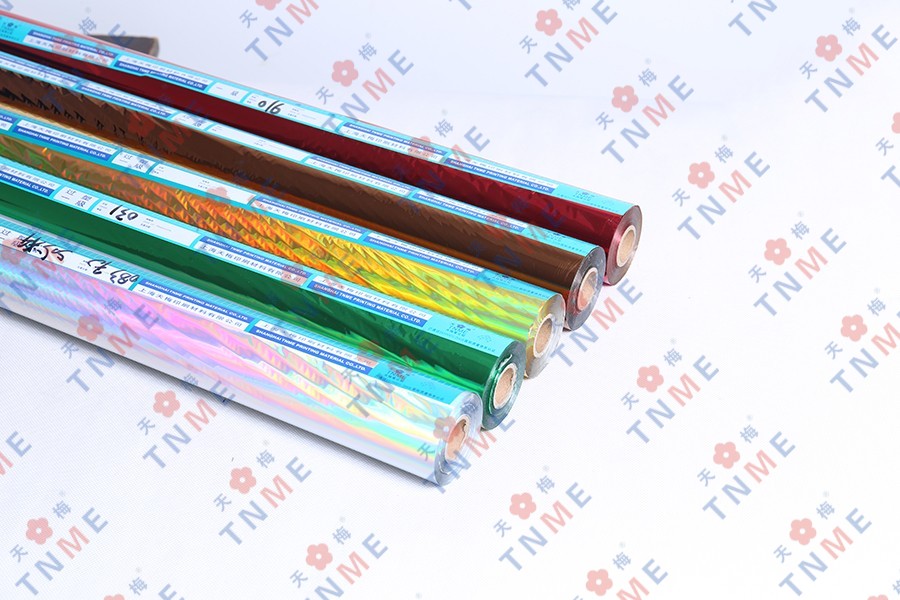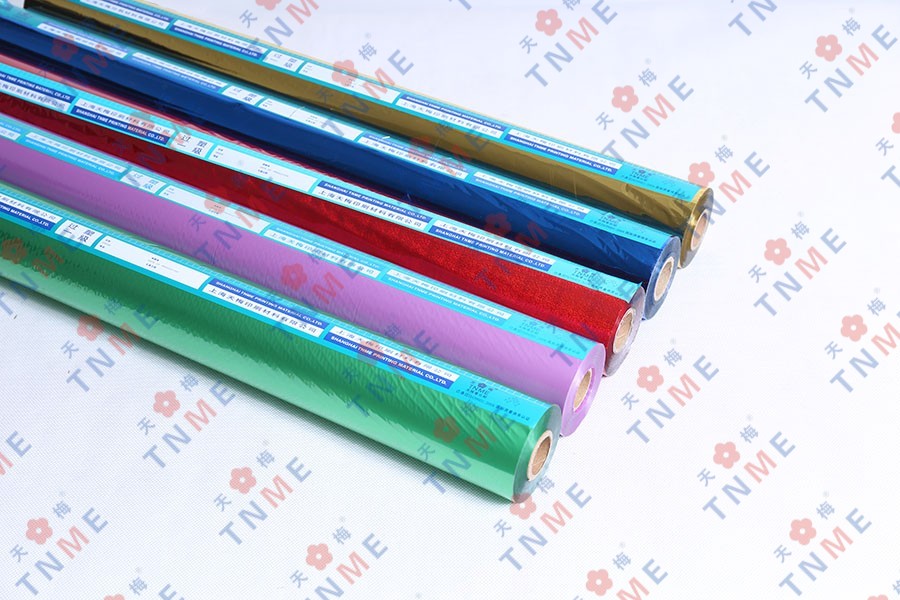Adding Shimmer and Style to Fabrics
Author:admin Date:2023-06-15
In the world of fashion and textiles, designers are constantly seeking innovative techniques to enhance the visual appeal and versatility of fabrics. One such technique gaining popularity is the use of foil for textile applications. Foil is a thin, metallic sheet that can be transferred onto fabrics to create eye-catching, reflective designs.


Understanding Foil for Textile:
Foil is typically made from a thin layer of metal, such as aluminum or copper, which is adhered to a carrier film. The foil can come in various finishes, including metallic, holographic, and iridescent, offering an extensive range of visual effects. When applied to textiles, foil adds a lustrous, shiny, and reflective element that instantly elevates the fabric's aesthetic appeal.
Application Techniques:
There are several methods for applying foil to textiles, each offering unique results:
a. Heat Transfer: One popular method involves using heat and pressure to transfer the foil onto the fabric. A design or pattern is first printed onto the fabric using an adhesive, which is then covered with the foil. The fabric, adhesive, and foil are placed in a heat press, where the heat and pressure activate the adhesive, causing the foil to adhere to the fabric.
b. Foil Lamination: Foil lamination involves bonding the foil directly to the fabric using a heat-activated adhesive. The foil is applied to the fabric's surface, and a heat press or iron is used to bond the foil and fabric together. This technique allows for precise placement of foil, making it ideal for intricate designs.
c. Screen Printing: Foil can also be applied to textiles using screen printing techniques. A stencil is created, allowing ink to be forced through the open areas onto the fabric. After printing, the foil is laid over the printed areas and heat-pressed to bond it with the fabric, resulting in a metallic, shimmering design.
Creative Possibilities:
Foil opens up a world of creative possibilities for textile designers. It can be used to accentuate specific areas of a fabric, create bold patterns, or add subtle highlights. Here are a few applications of foil for textiles:
a. Apparel: Foil can be used to embellish garments such as evening gowns, party dresses, and tops, creating a glamorous and luxurious look. It can be strategically placed on collars, cuffs, or waistbands, or used to create all-over foil prints for a striking effect.
b. Home Decor: Foil is not limited to apparel; it can also transform home textiles. Cushions, curtains, and upholstery fabrics can be adorned with foil designs, adding an opulent touch to interior spaces.
c. Accessories: Accessories such as scarves, bags, and shoes can be enhanced with foil. Whether it's a subtle shimmer or a bold metallic statement, foil can instantly elevate the visual appeal of these fashion accessories.
d. Costume Design: Foil is a popular choice in costume design for theater, dance, and film. Its reflective properties create captivating stage presence, ensuring that performers stand out under stage lights.
Care and Durability:
While foil adds a stunning visual element to textiles, it requires proper care to maintain its appearance. To ensure longevity, it is recommended to follow the fabric's care instructions, which often include gentle washing, avoiding harsh detergents, and air drying. Additionally, it is advisable to store foil-enhanced textiles away from direct sunlight to prevent fading or discoloration.




 English
English 中文简体
中文简体

















